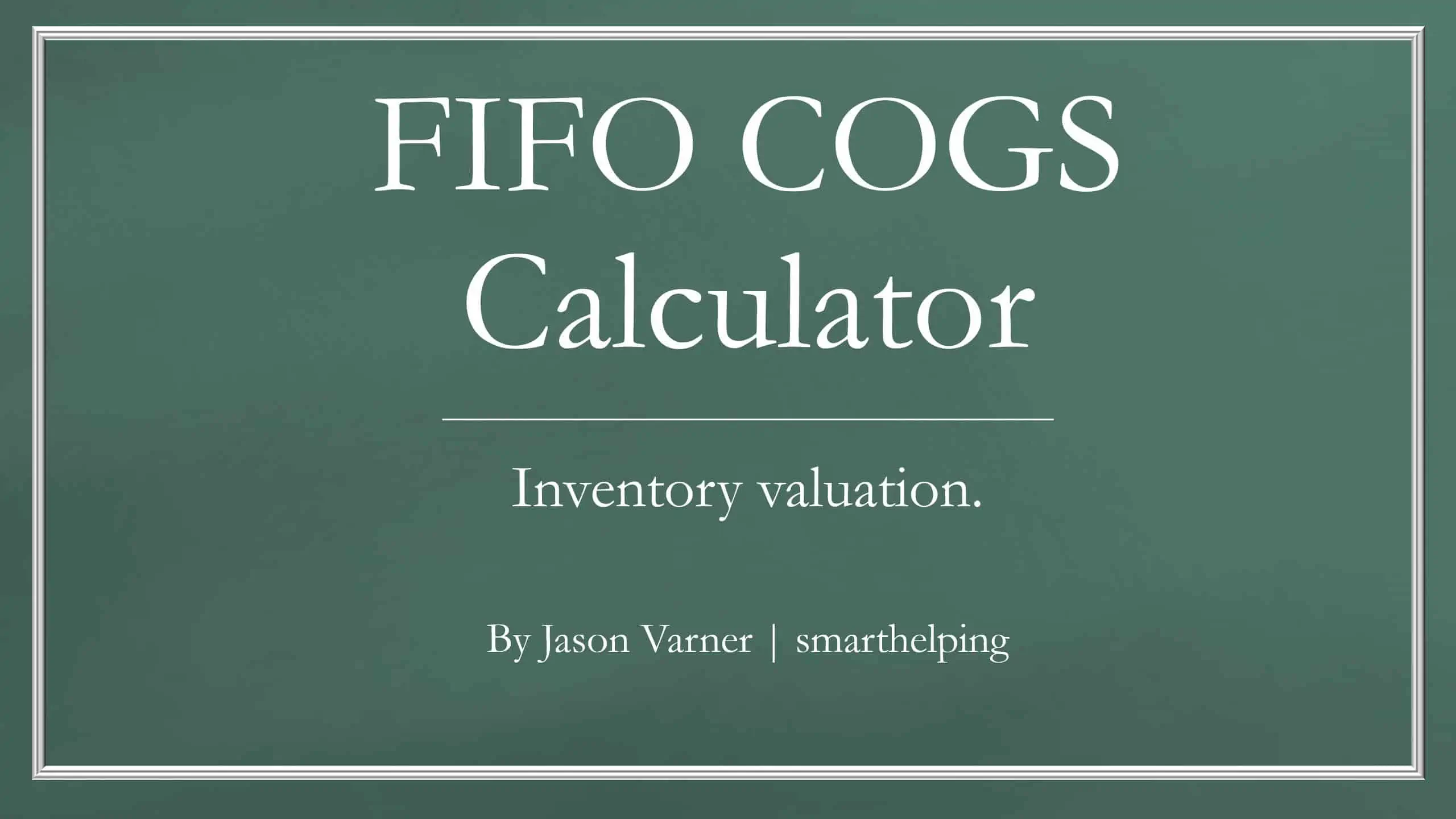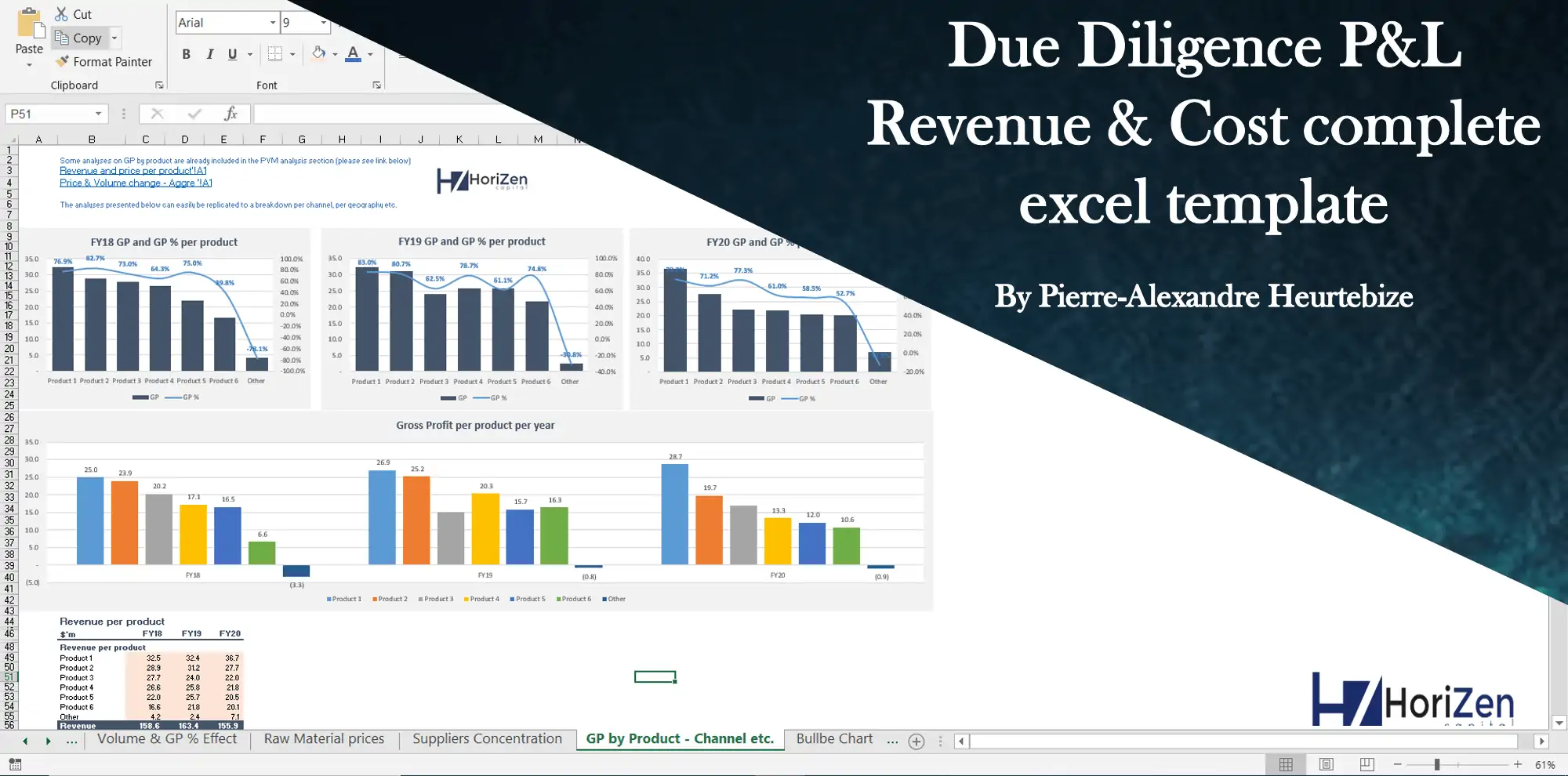Pareto Analysis Model
Enhance both the efficiency and effectiveness of your data analysis and decision-making processes with this useful template for management.

| All Industries, Financial Model, General Excel Financial Models |
| Accounting, Calculator, CFO, Chart, Controlling, Dashboard, Database, Excel, Financial Due Diligence, Know-How, Management |
Video Overview:
The main objective of a Pareto Analysis, also known as the 80/20 rule, is to identify the most important factors in a set of data. It’s a technique used in decision-making and problem-solving to help prioritize which factors should be addressed first. The idea is based on the observation that often a small percentage (around 20%) of causes are responsible for a large percentage (around 80%) of the problems or effects.
In a Pareto Analysis, data is typically represented in a Pareto chart, which is a bar graph where the values are plotted in descending order of relative frequency. This visual representation helps in quickly identifying the most significant factors or problems that need attention.
The main objectives of this analysis are:
- Prioritization: To help focus efforts on the issues that will have the greatest impact if solved or improved.
- Efficiency: By addressing the few critical issues rather than many insignificant ones, resources are used more effectively.
- Problem Solving: It assists in identifying the root causes of problems so that long-term solutions can be found.
- Decision Making: It supports data-driven decisions by highlighting what is most important.
Template Features:
Customizable Configurations: With six prebuilt configurations, Pareto Analysis provides a versatile foundation, allowing you to select the most suitable setup for your specific needs. This adaptability ensures that you can approach various types of data and analysis requirements with ease.
Dynamic Ordering Logic: The system employs a sophisticated dynamic ordering logic. This feature automatically sorts data points, ensuring that the most critical information is always at the forefront of your analysis. This real-time prioritization aids in quickly identifying key areas that require immediate attention.
Automated Dashboard Summaries: The dashboard offers a concise summary, complete with automated highlighting of the top 80% of items. This visual representation simplifies the process of identifying the most impactful data points, facilitating quicker and more informed decision-making.
Custom Data Input Flexibility: You have the capability to input your own data into each designated column. This flexibility allows for a tailored analysis, ensuring that the insights you gain are directly relevant to your specific context and requirements.
Professional-Grade Visuals and Summaries: The Pareto Analysis tool is equipped with professional formatting for both visuals and data summaries. This feature not only enhances the readability and comprehension of the data but also ensures that your presentations and reports are polished and impactful.
Overall, Pareto Analysis is a powerful tool for improving quality and efficiency in various processes, including business operations, manufacturing, and service delivery.
Similar Products
Other customers were also interested in...
All My Financial Models, Spreadsheets, Templates, ...
Lifetime access to all future templates as well! Here is a set of spreadsheets that have some of the... Read more
Cumulative LP Distribution Joint Venture Waterfall...
A 6 Tier cash flow waterfall template. Plug in the distributable cash flow (+/-) and set the hurdle ... Read more
Small Business Playbook (Financial / Tracking Temp...
About the Template Bundle: https://youtu.be/FPj9x-Ahajs These templates were built with the ... Read more
Top 16 Google Sheet Templates
This is a bundle of all the most useful and efficient google sheet templates I have built over the y... Read more
Inventory Valuation Using FIFO – Automatical...
Any accountant that needs to comply with IFRS will have to use the FIFO valuation method for calcula... Read more
Joint Venture and Fund Cash Flow Waterfall Templat...
Here are all the spreadsheets I've built that involve cash flow distributions between GP/LP. Include... Read more
Preferred Equity Cash Distribution Model – 2...
A 10-year joint venture model to plan out various scenarios for the way cash is shared between a GP ... Read more
Franchisor Licensing: Financial Model with Cap Tab...
Build up to a 10 year financial forecast with assumptions directly related to the startup and operat... Read more
Private Equity Fund Model (Investor Cashflows)
Private Equity Financial Model to analyze fund cashflows and returns available to Limited Partners (... Read more
Due Diligence P&L – Exhaustive Revenue a...
Model for in depth understanding of high level profit and loss and revenue analysis. Big-4 like chec... Read more
You must log in to submit a review.












